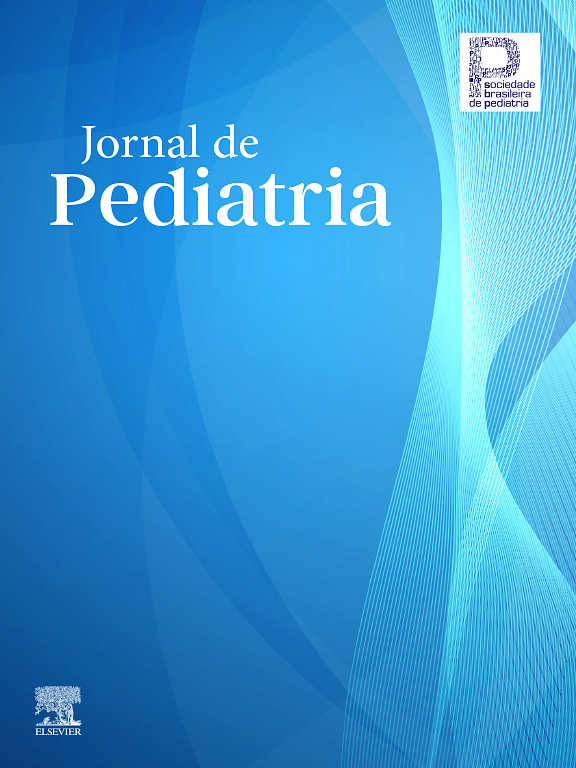A 17-year-old boy was admitted to hospital because of severe hypertension (200/130 mmHg), headache, irritability, sweating, etc. Initial biochemical tests suggested pheochromocytoma, being treated with nifedipina, clonidina and propranolol.On reporting exposure to mercury vapour, he underwent twenty-four-hour urine screening and measurement of blood mercury which confirmed intoxication. The patient received courses of chelation therapy with dimercaprol (BAL) and penicillamine with remission of symptoms and normalisation of hypertension after 2 months. This case is relevant to current practice regarding similarity between mercury intoxication and hypertension secondary to pheochromocytoma.
The Impact Factor measures the average number of citations received in a particular year by papers published in the journal during the two preceding years.
© Clarivate Analytics, Journal Citation Reports 2025
SRJ is a prestige metric based on the idea that not all citations are the same. SJR uses a similar algorithm as the Google page rank; it provides a quantitative and qualitative measure of the journal's impact.
See moreSNIP measures contextual citation impact by wighting citations based on the total number of citations in a subject field.
See more







